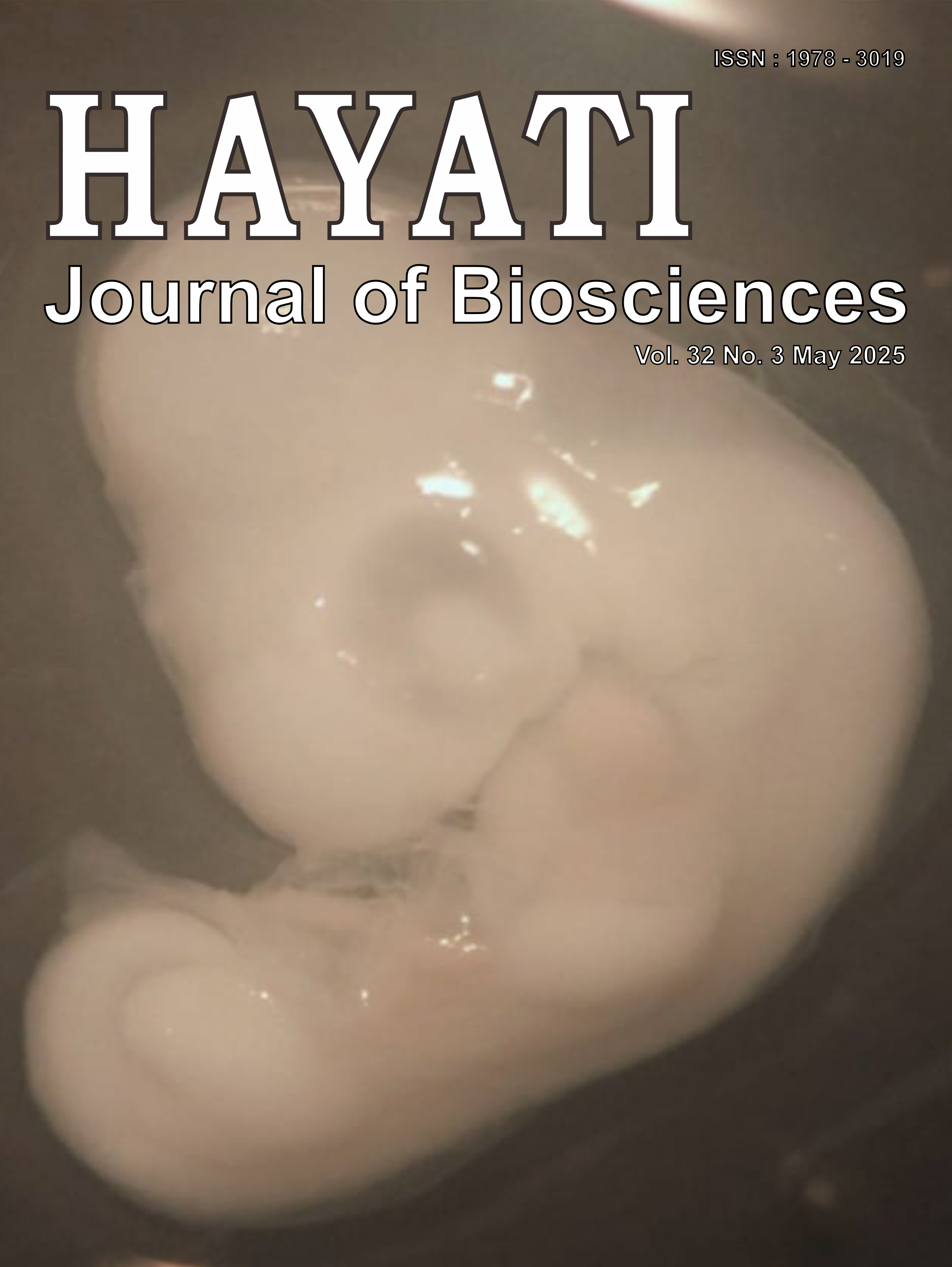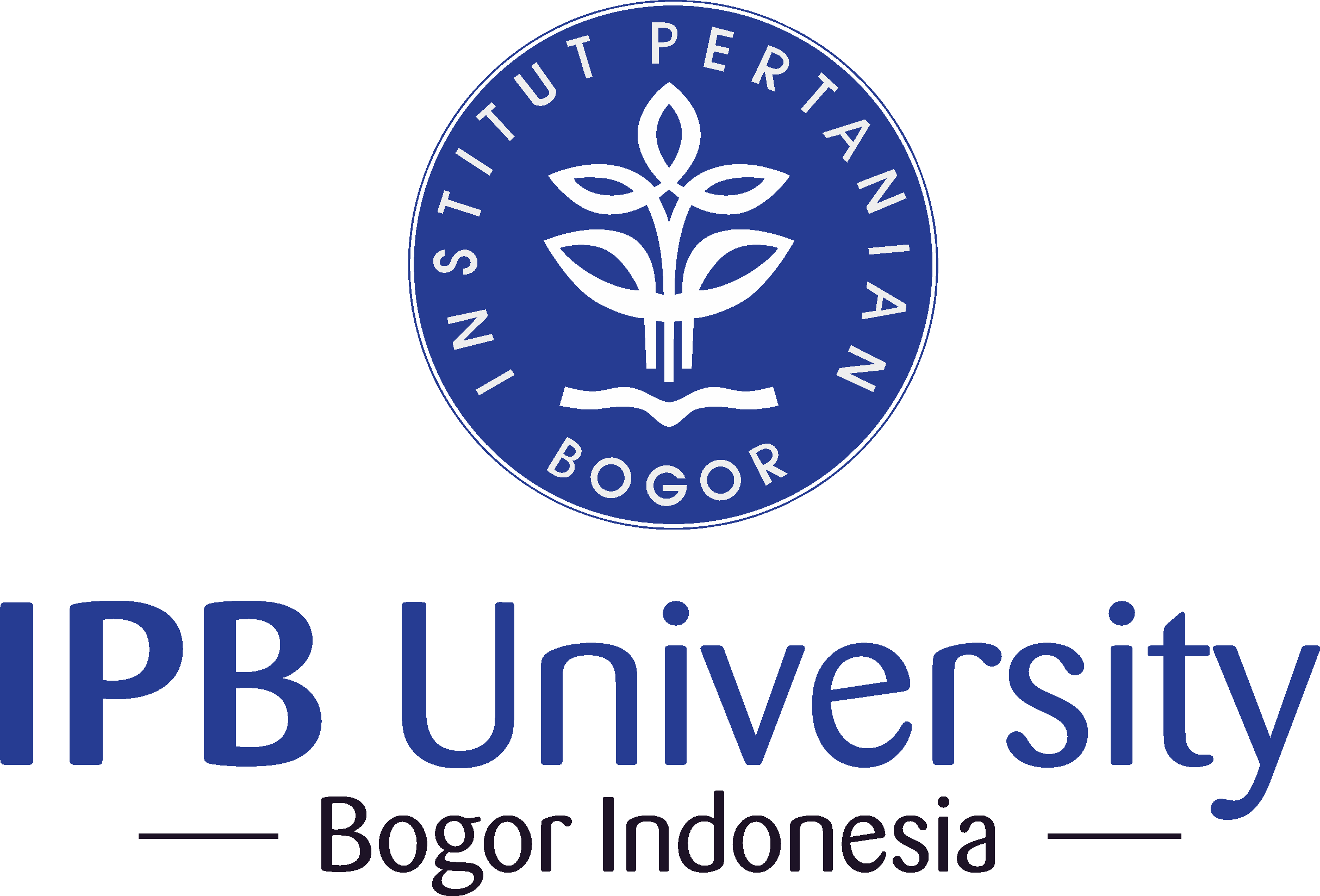Oxidation Stress of UV C Light on Growth, Carotenoids and Chlorophyll-a Content of Chlorella vulgaris
Abstract
C. vulgaris is photoautotrophic, which refers to microalgae that require light as an energy source. One of the light sources used to affect pigments in microalgae is UV light. The advantage of UV light is that it can change gene composition, which results in mutant genes in biopigment mutations and causes a higher number of activities compared to the natural ones, thereby increasing the growth, carotenoids, and chlorophyll-a of microalgae. The aim of this research is to determine the effect of oxidation stress of UV light on growth, carotenoids and chlorophyll-a content of Chlorella vulgaris. The treatments were given based on differences in the power of the UV-C light from, 8W, 15W and 30W. This study used the UV-Vis Spectrophotometer method was used to calculate growth, carotenoids and chlorophyll-a. Data were analysed using ANOVA test, Duncan's Multiple Range Test, and Principal Component Analysis (PCA). The results showed a significant effect of UV-C light. The best treatment was found in the administration of 30 W UV light, with the results of growth was 4.7746 × 106 cells/ml, content of carotenoids was 1.75 mg/ml and chlorophyll-a was 4.67 mg/ml of C. vulgaris. Biopigment can absorb radiation from UV-C light, which causes these microalgae to survive in environmental stress conditions. Absorbed light can affect the spectrum of pigments, thereby increasing growth, carotenoids, and chlorophyll-a.
Downloads
Copyright (c) 2025 Luthfiana Aprilianita Sari, Eva Melva, Sonia Aldilameta, Nurul Istiqomah, Nina Nurmalia Dewi, Sulastri Arsad, Wan Maznah Wan Omar

This work is licensed under a Creative Commons Attribution-NonCommercial 4.0 International License.
HAYATI J Biosci is an open access journal and the article's license is CC-BY-NC. This license lets others distribute, remix, tweak, and build upon author's work, as long as they credit the original creation. Authors retain copyright and grant the journal/publisher non exclusive publishing rights with the work simultaneously licensed under a https://creativecommons.org/

























.png) IPB University
IPB University Department of Biology
Department of Biology The Indonesian Biological Society
The Indonesian Biological Society 

